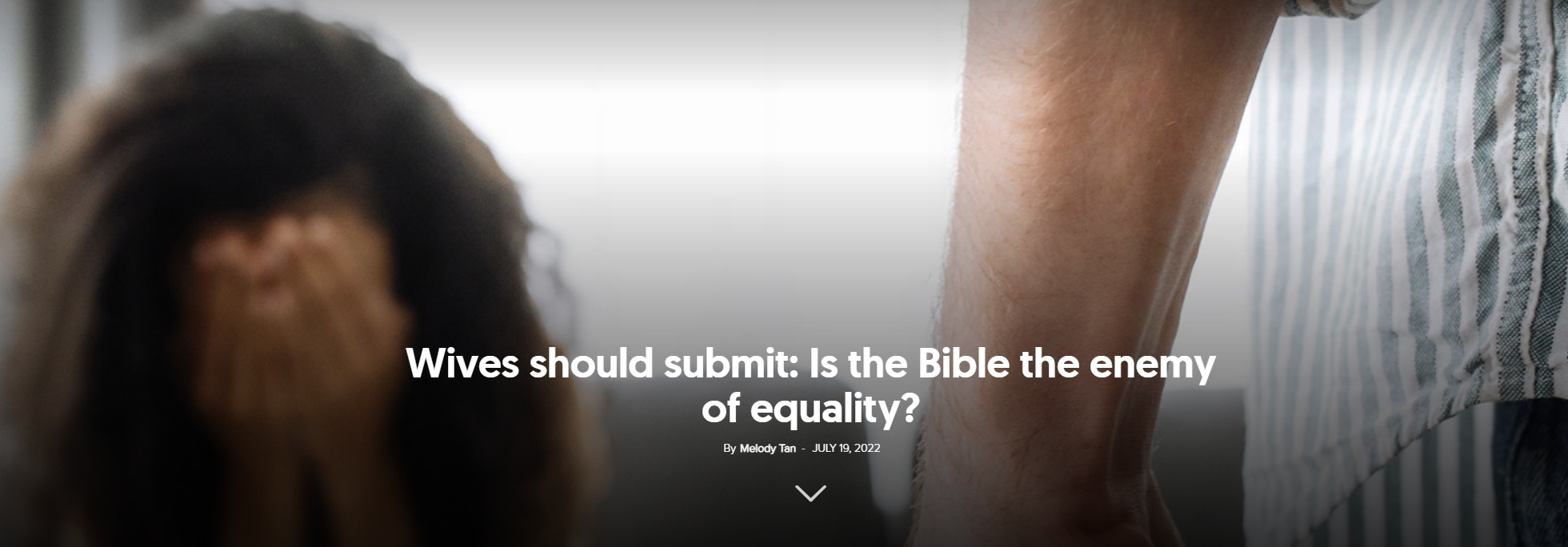One night, thousands of miles apart, two young women of the same age made a decision—a seemingly trivial one, but one that would seal the fate of one of them.
Life of Pi promised to be a film worth seeing. The two girls, one in the capital of India and the other in the capital of Romania, chose an ordinary evening to watch the film. After ten o’clock, when the screening was over, the two young women and their companions made their way home, happy with their choice of an evening’s entertainment. One got into her car and drove home, the other got into a bus and made headlines around the world.
Jyoti Singh was walking with her boyfriend when a bus with six men pulled up beside them and the passengers told them to get in, promising to drop Jyoti in front of her house. It wasn’t long after they got on that the driver locked the doors and took them on a different route. The men began to comment on the young woman walking in the street with a man at such a late hour, and the driver, who gave the driver’s seat to another man, grabbed Jyoti by the neck, dragged her to the back of the car and began to rape her. Her friend tried to help her, but the other men hit him with a crowbar. When he fell to the ground, they beat Jyoti even more severely for resisting the rape and for biting three of her attackers. The men drove around New Delhi for an hour, taking turns to drive and rape the girl. Two of them raped her twice after she was unconscious. When they had had enough, they stripped both of the victims naked and threw them out of the car directly onto the road. They tried to run over the girl with the car, but the boy pulled her off the road.
A red night for India
The next day, after the girl was found on the street and taken to hospital with serious internal injuries, thousands of people took to the streets in New Delhi and other cities. People demanded that the men be found and hanged. It was an astonishing reaction, given that rape on the streets of India is sadly common.
And yet there is no reason why the people of New Delhi should not have reacted as they did. The brutality of the attack was unbelievable. And the fact that Jyoti succumbed to her injuries in a Singapore hospital after several days of doctors struggling to save her, shocked everyone. People reacted quickly: “Save women! Save India! We want justice!” But there are so many facets to this attack, and the perpetrators are so diverse, that even if this rape was the proverbial straw that broke the camel’s back, such a tragedy may not be enough to change Indian society.
Worrying statistics
Why wasn’t this case enough? Part of the answer becomes clear when you consider that just two months after 16 December 2012, the day of Jyoti’s rape and murder, there were twenty more rapes in New Delhi alone, as if in defiance of all the organised protests and the attention with which the international press followed the Indian authorities’ actions in this regard.
It seemed as though some Indian men were not afraid to rape, even though those found guilty of raping and killing Jyoti were expected to be executed. Perhaps reality has taught them that they have nothing to fear. In May 2009, violent protests and strikes lasted 47 days after two young women were raped and killed by the police themselves in the town of Shopian. Figures from the Crime Bureau of India show that in 2011 alone, as many as 24,206 rape cases were reported, with a conviction rate of less than 27%. The statistics do not include other forms of abuse against women, such as kidnapping and sexual harassment, which totalled another 228,650 cases reported in 2011, of which only 26.9% were solved. Worst of all, according to independent observers, the number of rapes in India is much higher than reported.
Some sources suggest that a woman is raped every twenty minutes in India, with 16% of all cases occurring in New Delhi alone, earning the city the title of “rape capital”.
Anuradha Roy, a well-known journalist, editor and author, says she does not have a friend who has not been sexually assaulted. Thirty years ago, girls were fondled every day on their way to and from college, men made constant sexual advances, rubbed up against them in overcrowded buses and engaged in every other kind of sexual harassment that is regarded as mere teasing. Nobody helped them and the police laughed at such complaints. “Yet we considered ourselves lucky. There were other women, those that were allowed to be born at all—India comes out tops in the female foeticide ratings—who were being beaten or burned or sold or raped,” says Roy.
A fatal mix of history
“Mummy, I’m sorry, I’m sorry,” were Jyoti’s last words before she died. It’s impossible not to wonder what kind of society raises its young women to feel guilty on their deathbeds for what happened to them after being raped and beaten. There are three factors that, in a symbiotic relationship, can explain how we arrived at 16 December 2012: patriarchal society, religion, and education.
Patriarchy is a system in which power is hierarchical and unequal and in which men control women’s birth, reproduction, mobility, and sexuality. It is a system that imposes certain gender stereotypes on society, but the nature of women’s control and subjugation varies from society to society due to differences in class, caste, religion, region, ethnicity, and socio-cultural practices. The Indian system is particularly complex, with many religious and regional variations. However, control over women’s sexuality and reproductive capacity is maintained in all forms of patriarchy.
While in ancient India women were treated as equal to men, patriarchal restrictions and values began to restrict women’s sexuality and mobility in the post-Vedic period with the emergence of private property and the establishment of class hierarchy.
The first lessons of patriarchy were learnt in the home, where the head of the family was the father. In such a family, the birth of a boy was far more desirable than the birth of a girl. Boys were taught to be dominant and aggressive, and girls were taught to be loving and submissive. The situation is not much different today. Although India is a rapidly developing country, it still has a large rural population. Child rearing in many Indian cities does not differ much from Western practices, but in rural areas, especially in remote areas, customs such as using opiates on children, herbs instead of medicines, decorating the skin by burning or cutting, and so on, are still practised.[1]
Child rearing in India also has deep religious aspects. Hinduism is the most widespread religion in India, a highly fragmented religion with tens of thousands of gods, but generally very tolerant. Urban Hindus do not raise their children very differently from Western parents, but they do place great emphasis on family ties and discipline. Almost all Hindu families are patriarchal, with the father in charge of finances, education, and discipline.
On the other hand, Hinduism has its roots in Zoroastrianism, where human sacrifice was common, which is why some Indian families, especially in rural areas, routinely practice female infanticide or selective abortion. The 2011 census showed that there were only 914 women for every 1,000 men, the widest gap recorded since 1947. In some regions, the figure drops to 830 women per 1,000 men. In Sikh culture, families are even more patriarchal than in other ethnic minorities, and honour killings[2] and infanticide of girls are more common. Boys are given an extremely high status and discipline can be very strict. In most rural areas, women are denied access to education and are limited to the domestic sphere.
These stereotypes of masculinity and femininity are internalised by both sexes. As a result, women are disadvantaged and always vulnerable to violence and other forms of discrimination. As Suranjita Ray of the Department of Political Science at Delhi University explains, “Systemic deprivation and violence against women: rape, sexual harassment, sexual abuse, female foeticide, infanticide, witchkilling, sati, dowry deaths, wife-beating, high level of female illiteracy, malnutrition, undernourishment and continued sense of insecurity keeps women bound to home, economically exploited, socially suppressed and politically passive.”
The past punishes the present
Surajita Ray argues that patriarchal ideology is reflected in educational institutions and the media reinforces male dominance. According to the Laws of Manu, which say that women are naturally treacherous, it follows that they must be dependent on men. The husband must be constantly worshipped as a god, a lord, and the wife must obey him. The woman should never become independent of the man, just as a daughter should never leave her father’s care, or a widow her son’s.
We can see that with the exodus of young people to the cities and the modernisation of society, the patriarchal model is punitive rather than adaptive. The protests after 16 December 2012 took place in the capital and other cities, not in the countryside. And many young people, women and girls, as well as parents, took to the streets, outraged that such incidents could take place on the very streets of the capital. (Most of the victims in the Indian press, however, are uneducated women from extremely poor rural backgrounds). But these young people who protested see themselves as part of the new India, the India that is a world economic power, a democracy that, although geographically close to Afghanistan and Pakistan, has no Taliban and was not ruled by a dictator.
Even Jyoti’s family, though poor and from the rural north of the country, believe they are part of the new India. That’s because Jyoti, the eldest of their three children, was a medical student. In an environment where girls don’t have access to education, her father used his small salary to take out bank loans to pay for the girl’s education, her only chance of a better future. At the time, it was a new phenomenon for rural girls to leave home to study or work in the city, bringing with them modern clothes, friendships with boys and the postponement of marriage.
And even the political elite, which should have had the most progressive view of society, did not always see it with good eyes. Even in the aftermath of the 16 December tragedy, the comments of politicians were deeply disappointing, with some saying that the girl should not have come out of her house at that time, and others, including President Pranab Mukherjee’s son, saying that the female protesters were just some “middle-aged and caked in make-up” women who had nothing better to do.
Minister of Home Affairs Nanki Ram Kanwar said that the stars were not in favour of women and that was why such incidents happened.[3]
The ruling elite has built a system of government that is only ostensibly democratic and a judiciary that serves the interests of the criminals in power. In the 2009 parliamentary elections, political parties fielded six candidates accused of rape, while 34 others were on trial for abusing women. A total of 42 MPs had rape convictions or were accused of related crimes at the time of the election. According to the Association for Democratic Reforms, there were three hundred such politicians in power in India. Unsurprisingly, many crimes against women, including rape, are classified by the police under less serious categories such as sexual harassment.
No magic bullet—maybe just time
As India transforms from a predominantly rural and poor country into a modern, urban one with a higher standard of living, more and more women will have access to education, well-paid jobs and the ability to choose where to live and whom to marry. This rape case has brought out the middle class, exposing young, educated, internet and social media savvy Indians who are angry at the failure of politicians and the mindset that allowed such a tragedy to happen and embarrass their country before the world. These are young people who feel they live in a country that is not theirs, but which they want to make their own, according to modern ideals, not traditional values that come from hierarchies upon hierarchies, in the family and in the community. They demand that politicians deal with the things that matter to them, and this scandal was a first step for politicians and the police to take rape seriously and introduce laws that really protect women.
The tens of thousands of young people who came out to protest showed that India as a whole is not as it is portrayed in the international press. Nor is it the only country where rape is commonplace. Protests in India have inspired demonstrations in Nepal, Sri Lanka, Pakistan, and Bangladesh, in each case sparked by a new case of rape. Bandana Rana, a veteran activist in Nepal, described the Delhi protests as “eye-opening“. According to official statistics from Bangladesh, at least 1,008 women were raped in 2012, 98 of whom died.[4] Some might argue that ancient India covered the territory that India, Pakistan and Bangladesh now occupy, so this is why this kind of problem exists there too. However true this may be, India is now far ahead of these countries and yet, paradoxically, its situation is the worst.
What is happening in India, especially the reaction to rape, shows that the patriarchal model of society, with all that it entails, is no longer beneficial—it has become a system that has shamed India all over the world.
Replacing it seems impossible because it is deeply intertwined with the caste and religious system, which also includes much of the legal and political system, which is in fact intertwined with the mechanism that makes India work. But that does not mean that it is impossible to change, to adapt. In fact, it is inevitable if the country is to make real progress.
But the road is long. Violence against women shows how they are treated in society in general. All attitudes count. The film and music industry should stop promoting the model of the man who attacks women as a male hero. The media should be more vocal about any case of sexual assault, not just rape. Educated men who see others assaulting women should intervene. Victims’ families should be more concerned about protecting girls, not their image in the community. Currently, thousands of women are raped every year and many have died as a result. Sadly, more will suffer the same until a generational change brings about a change in mentality.
Eliza Vladescu is a communications specialist and was previously part of the ST Network permanent team. She currently works as an online communications consultant.




















